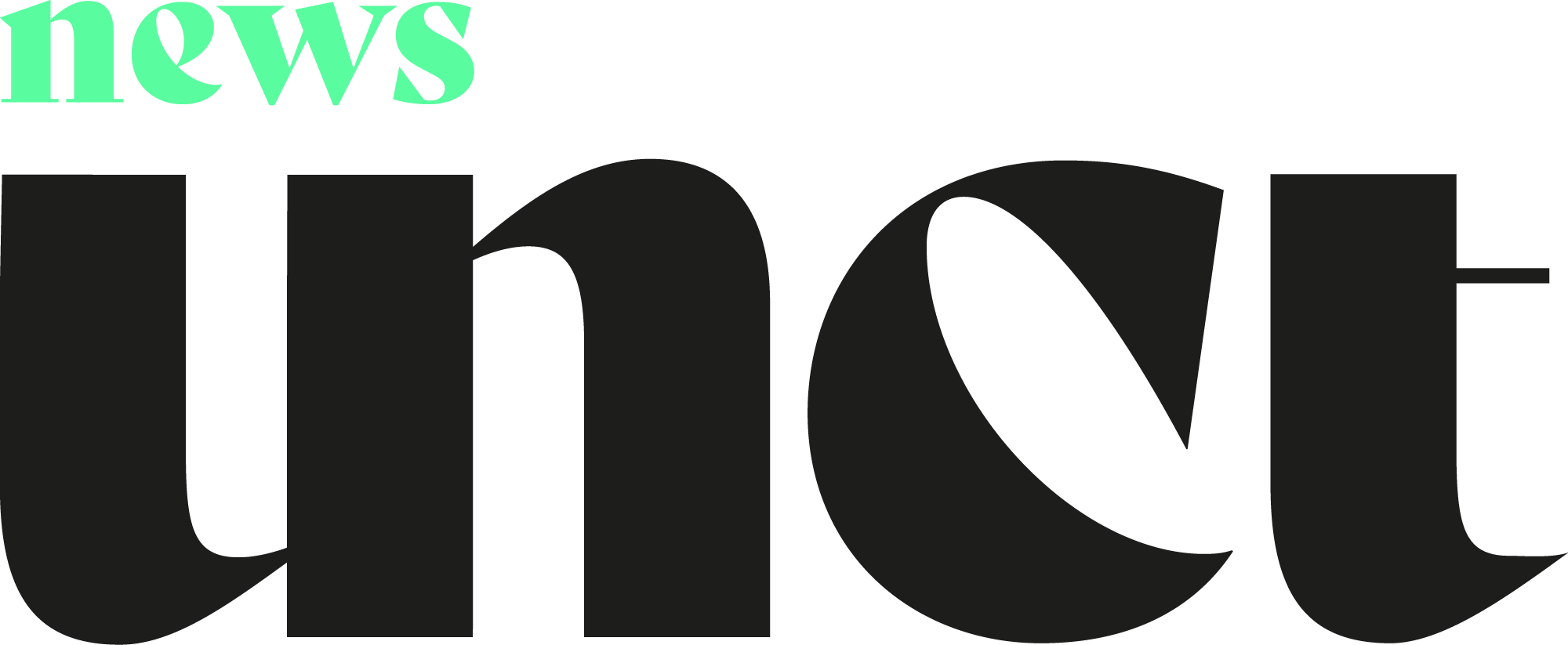
Intersection Between Art & Technology
When people twenty years ago would predict the natural progression and intersection between the arts and technology, the discourse would primarily surround robots carrying paintbrushes, and futuristic easels, as opposed to a narrative surrounding ownership and artist traceability.
New technological advancements illicit a shift in the direction of artist autonomy, collector flexibility, and secure investment, within the realm of art.
Fine art photography has a greater lease of life with these technological advancements– namely, the ability to value and independently credit works that could previously be screenshotted, or reprinted. Photography is therefore becoming NFTs next big genre, as NFTs naturally fit into the evolution of fine art photography, and its respective valuation: creating new breakthroughs between the intersection of art and technology, benefitting the artist, collector and industry at large.
The Rise of NFT Art
The narrative that dominates the NFT realm is primarily that of AI-created digital artworks such as: Beeple’s Everydays: the First 5000 Days, Kevin McCoy’s Quantum and Crypto Punks. The impulse within these mainstream narratives is to think of these digitalized artworks and AI- created images, seldom considering the real shifts that these pioneers would create in the world of buying, selling and trading artwork.
The focus should really be redirected from the AI artworks, to the way these works are owned, traced, and stored, and how that would come to positively impact the world of fine art, and photography.
What this Means for Photographers?
NFTs can be traded securely through the traceability of blockchains, their form can never be changed, stolen or replicated. This creates tremendous opportunities for other artists and photographers, who are able to sell and trade their works through digitalized tokens and gain intellectual ownership over their works. Where previously works might be valued by how many other editions were printed of the original, NFTs are the certificate of the original, of the 1/1, that is certified, unique and limitless.
What this Means for Fine Art Photography?
Photographers often have to contend with unsolicited distribution of their images without permission, credit, or financial return for their work. NFTs allow traceable ownership, and consent. A return always to their position of 1/1. This not only increases their own autonomy as artists, to be able to have a sense of sellable and traceable ownership over works, but it also massively increases a works value. Collectors and art dealers have a verifiable way to ensure the authenticity and scarcity of their works. They can be sure that what they are buying is legitimate, and original, and they will essentially have proof of this legitimacy forever.
So Why is Photography NFTs Next Big Genre?
NFTs, given their traceability and their ability to prove they are a unique and original form of a fine art photograph, allow the buying, selling and trading of artwork to be done in an ethical and secure way, protecting both artist and collector. Fine art photography that has not been made into an NFT runs the risk of being destroyed, lost, copied, screenshotted, retweeted, and properly credited.
NFTs are so much more than the AI cartoons that began a larger mainstream dialogue. Fine art photographer NFTs specifically, open up a narrative surrounding traceability, consent and ownership of fine artwork. Fine art photography is NFTs next big genre, primarily because of these irrefutable and immense epistemological, and financial benefits, that positively impact photographers and their works.
The Future of NFTs & Fine Art Photography
The future of NFTs will continue to progress far beyond just being regarded as AI monkeys, and digital collages, but more so into a didactic opportunity to reconsider ownership and how artwork is appraised.
With the world of increased digitalization, the very epistemological infrastructure of the art world has begun to change, and the future of fine art photography has become closely intertwined with the wonderful world of NFTs, and all the possibility that they bring with them.

